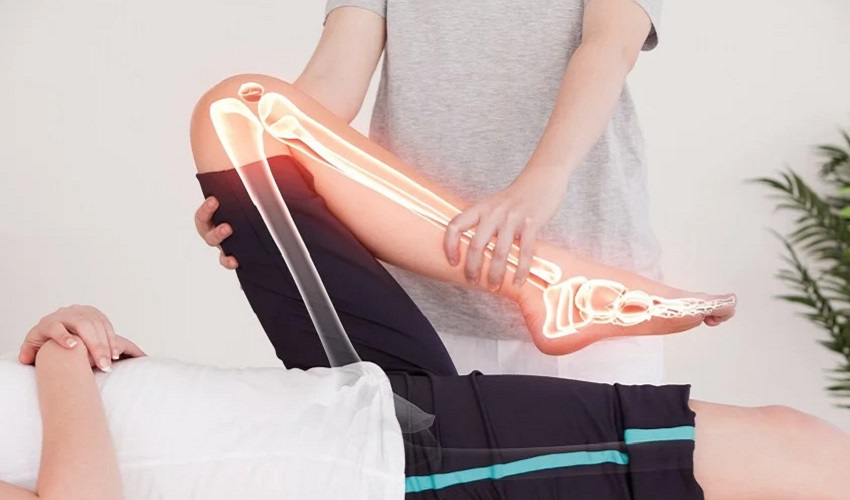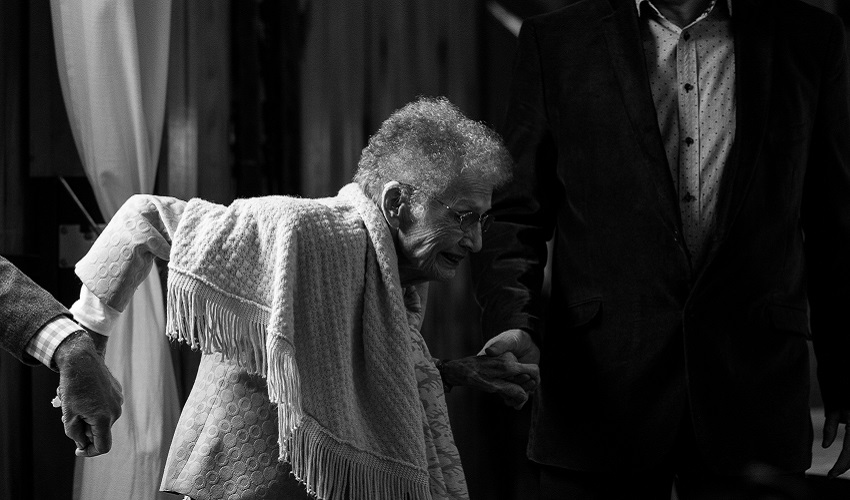Strength training, for the uninitiated, goes beyond just lifting weights. It embodies a holistic approach that stresses the importance of muscle growth progression, stamina enhancement, and a commitment to safety. Diabetics, given their unique health profiles, need a regimen that accommodates their specific needs, including factors such as age and overall health.
The Everyday Impact: Strength Training in Daily Life
While strength training often evokes images of chiseled athletes, its application in daily life is profound. Envision the ordinary tasks – lifting shopping bags, engaging in outdoor activities with children, or negotiating a flight of stairs. For diabetics, the strength derived from regular training makes these mundane tasks seem less daunting. Beyond aesthetics, strength training offers diabetics the confidence to embrace daily challenges, fosters self-reliance, and ultimately augments the quality of their everyday life.
Key Exercises Tailored for Diabetics
1. Squats: Building Lower Body Strength
Squats are foundational exercises that target the quadriceps, hamstrings, and calves. Beyond that, they offer supplementary benefits to the core, lower back, and glutes. For diabetics, consistent squatting can significantly enhance leg muscle mass, especially vital for those leading sedentary lives due to their health condition. Furthermore, squats can also aid in improving circulation, addressing a major concern for many diabetics.

2. Pushups: Strengthening the Upper Body
Pushups are a staple for enhancing upper body strength. They work on the chest, shoulders, and triceps, while also engaging the core. For diabetics, building upper body resilience can facilitate daily tasks, countering the risk of muscle atrophy which might be hastened due to reduced physical activity.
3. Walking Lunges: Enhancing Balance and Coordination
Walking lunges are not just about lower body strength. They also play a pivotal role in fostering better balance and coordination. For elderly diabetics, this becomes especially significant as strong leg muscles and balance can mitigate the risk of injurious falls, especially in the presence of complications like neuropathy.

4. Lat Pulldowns: For a Robust Back
Lat pulldowns, generally performed on a cable machine, focus on the back muscles, especially the latissimus dorsi. A robust back ensures better posture, countering the challenges posed by reduced mobility or discomfort due to diabetes-related complications.
Integrating Strength Training Into a Diabetic Lifestyle
Combining strength training exercises with a diabetic-friendly diet can lead to enhanced results. Consuming foods with a low glycemic index, ensuring adequate hydration, and integrating protein sources can amplify the benefits of the regimen. It’s equally important to monitor blood sugar levels, particularly post-workout, to ensure they remain stable.
The Importance of Frequency, Duration, and Recovery
Consistency is the linchpin in strength training. For optimal results:
- Frequency: Consistency remains paramount in strength training. Maintain a routine of 2-3 sessions weekly.
- Duration: Aim for 30-45 minute sessions to prevent undue fatigue. For diabetic patients, a moderate duration is beneficial, as it prevents undue strain and fatigue.
- Rest & Recovery: It’s vital to intersperse training days with rest days. This allows muscles to recover, rebuild, and strengthen. For diabetic patients, proper recovery also ensures that blood sugar levels remain stable post-exercise.
Seeking Expert Guidance
Post a consultation with your healthcare provider, and collaborate with a certified fitness expert. Their expertise can sculpt a program tailor-made for your health needs, ensuring you reap maximal benefits with minimal risks.
The integration of strength training exercises can radically transform a diabetic’s life. Beyond muscle strength and blood sugar regulation, it promotes a sense of well-being and a heightened life quality. If approached with diligence and consistency, strength training can pave the way for a healthier future for diabetics.




